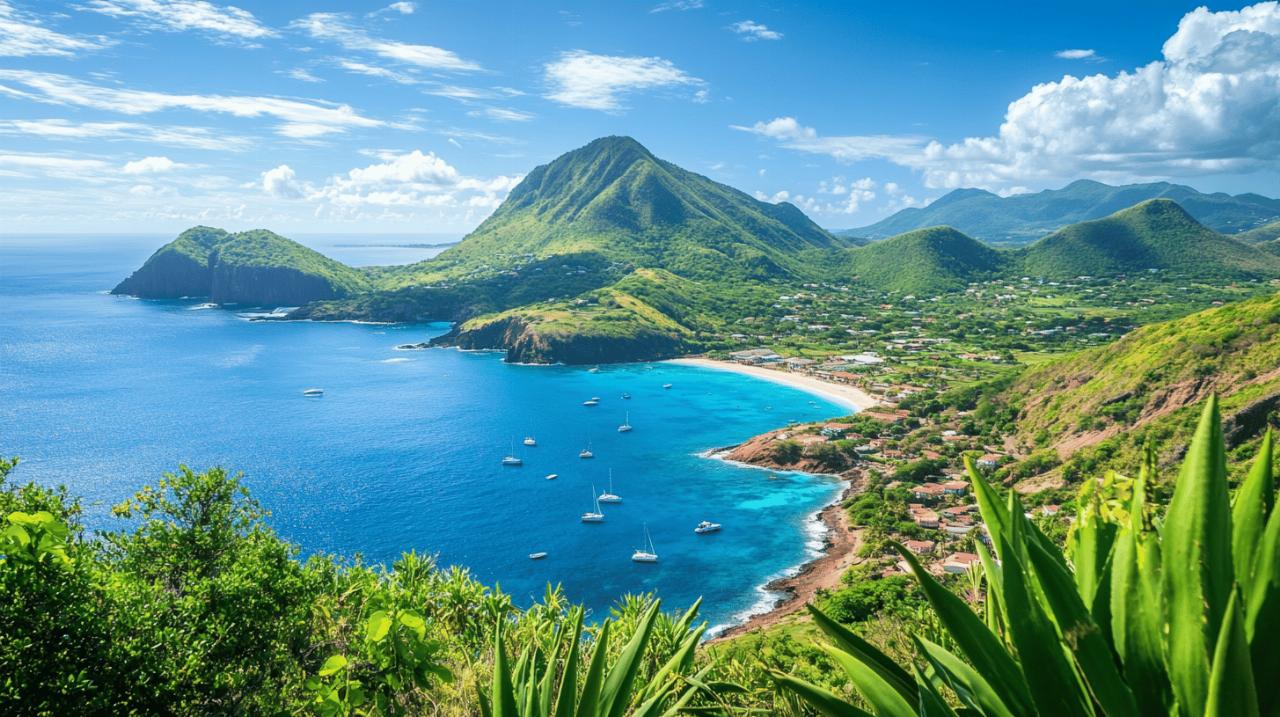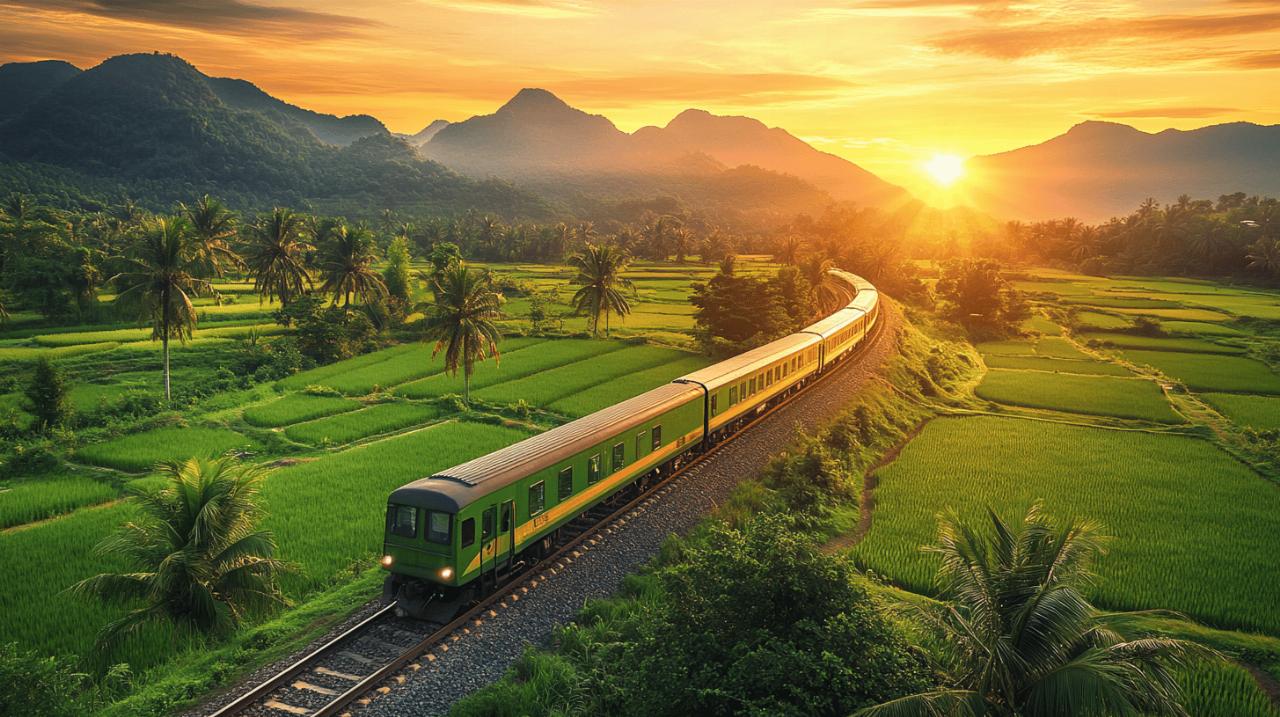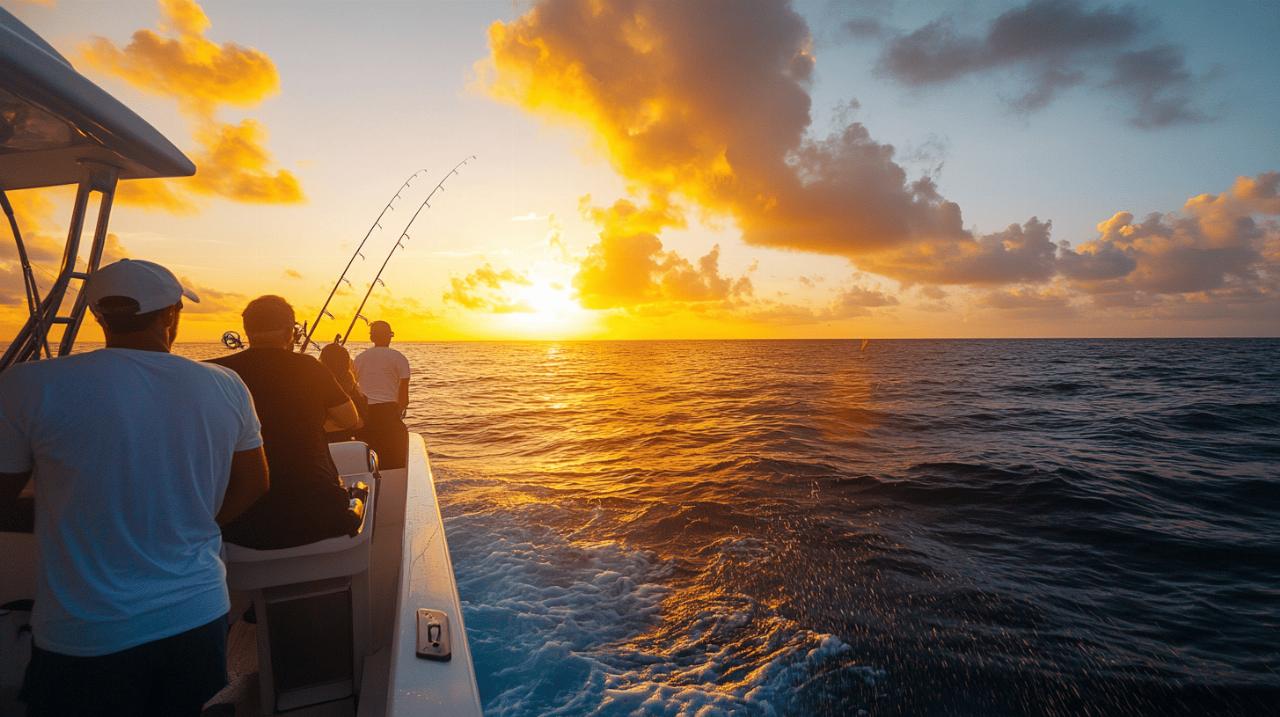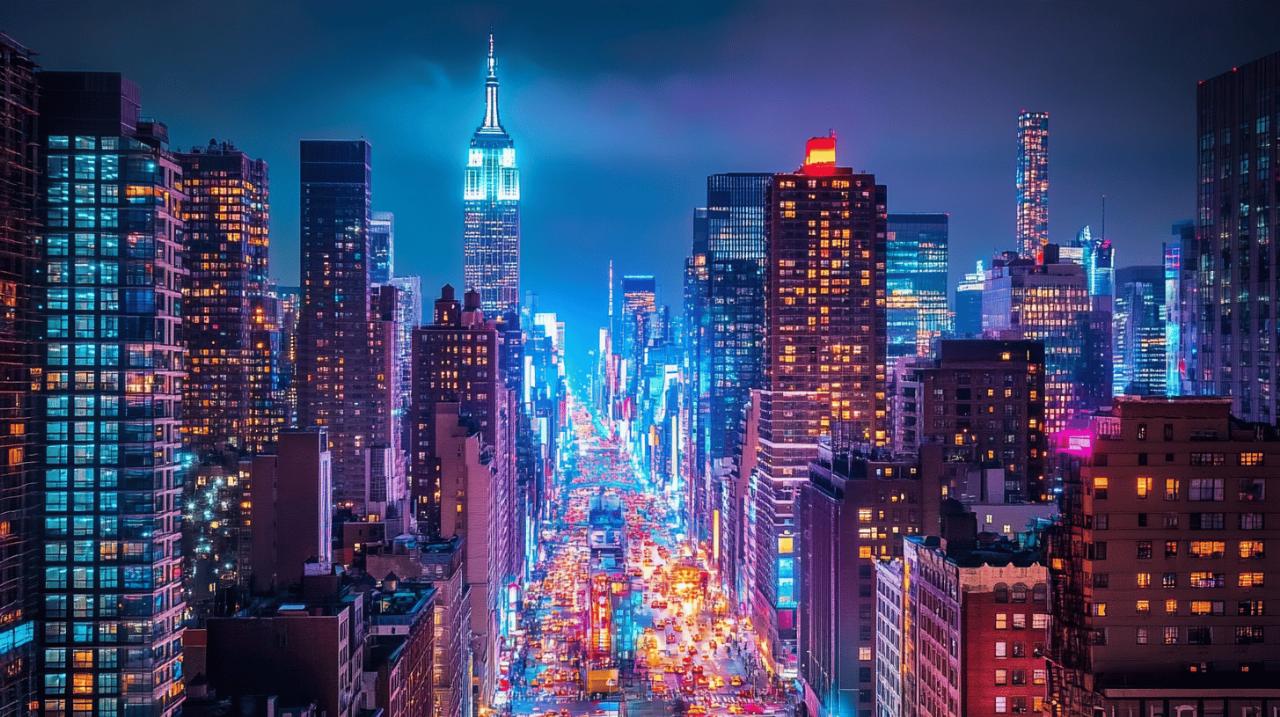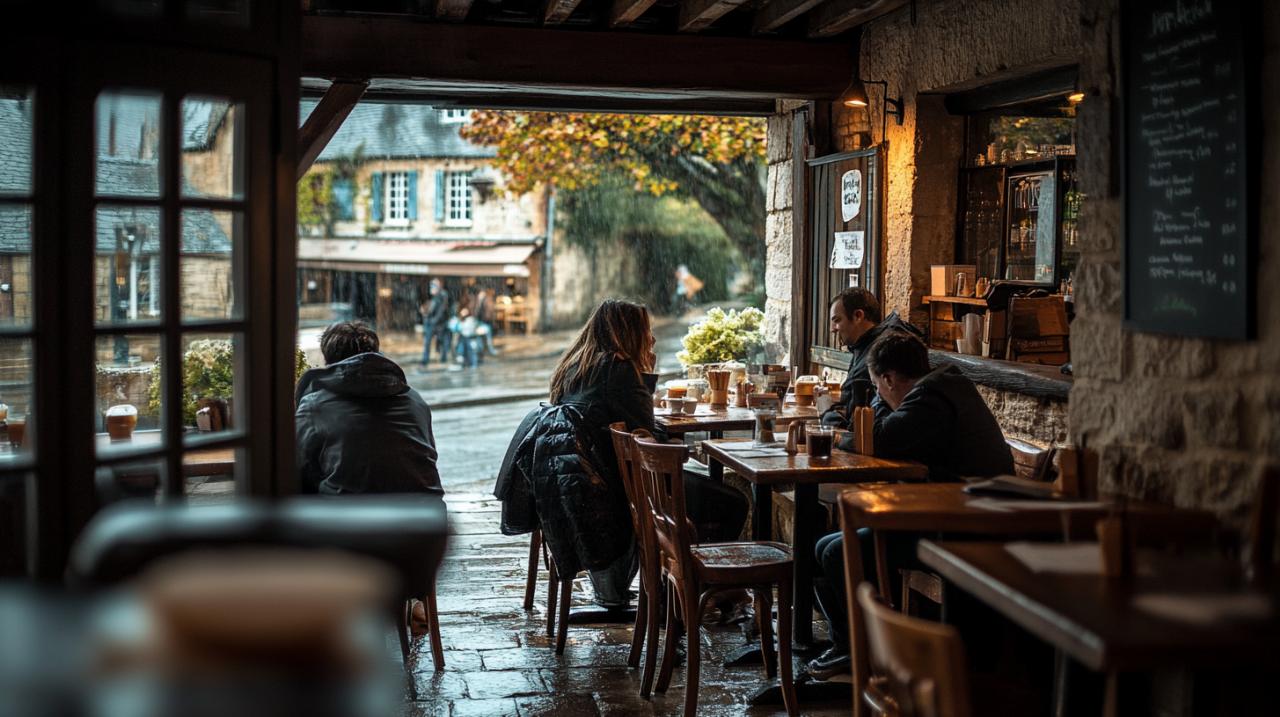Panama, with its vibrant culture and delicious cuisine, has become an increasingly popular destination for travelers and expats alike. But is it safe, especially for food lovers exploring its street food scene? This comprehensive guide examines safety considerations across different regions and aspects of life in Panama, from tourist hotspots to daily living realities.
Safety Overview for Visitors and Residents in Panama
Panama generally enjoys a positive safety reputation compared to some of its Central American neighbors. The country has seen decreasing crime rates in recent years, making it an attractive destination for various types of visitors. However, as with any destination, understanding the nuances of safety across different regions and situations is essential for a trouble-free experience.
Tourist safety in popular destinations
For tourists, Panama offers many secure areas to explore, though certain precautions remain advisable. In Panama City, visitors should exercise caution in specific neighborhoods including San Miguelito, El Chorrillo, Río Abajo, and Santa Ana, where street crime is more prevalent. Popular tourist areas such as Albrook Mall, Casco Viejo, and Panama Viejo require vigilance against pickpocketing, especially in crowded situations. When exploring these areas, keeping valuables secure and traveling in groups, particularly after dark, significantly reduces risk exposure.
Expat experiences and long-term safety considerations
For those considering a more permanent move, Panama offers a relatively stable environment with growing expat communities. Many expats report feeling safer in Panama than in their home countries, though this varies by location. The experience differs from short-term visits as residents develop local knowledge, language skills, and community connections that help navigate safety concerns more effectively. Expats typically settle in areas with established international communities where security infrastructure tends to be more robust, creating a buffer against common safety issues that might affect tourists.
Regional safety guide: what to know before you go
Safety conditions vary significantly across different regions of Panama, from urban centers to remote wilderness areas. Understanding these regional differences is crucial for planning a secure visit or residence.
High-risk areas: the darien gap and border regions
The Darien Gap, connecting Panama to Colombia, represents the most dangerous area in the country and is generally not recommended for travelers. This remote, jungle region lacks infrastructure and has historically been associated with trafficking and irregular migration. Similarly, some border areas near Costa Rica occasionally experience protests that can disrupt travel. The government travel advice warns that demonstrations near borders and airports can be unpredictable, potentially affecting transportation schedules. Travelers should monitor local news and official advisories when planning routes through these regions.
Popular Tourist Spots: Bocas del Toro and Coastal Areas
Bocas del Toro, a favorite archipelago among tourists, has recently seen safety improvements with the lifting of the state of urgency, though a curfew for unaccompanied minors remains in effect from 8pm to 5am. When enjoying Panama's beautiful coastal areas, visitors should be aware of strong currents and undertows that pose swimming hazards. Environmental safety is also a concern, with Panama Bay being unsuitable for swimming due to pollution levels. For hiking enthusiasts exploring areas near Boquete and Chiriqui, using experienced guides is recommended due to unmarked trails and unreliable mobile coverage.
Practical safety concerns for daily life
Beyond crime statistics, everyday safety in Panama encompasses practical considerations that affect quality of life, from economic factors to natural conditions.
Cost of Living and Healthcare Accessibility
Panama offers a relatively affordable cost of living compared to North America and Western Europe, though prices in tourist areas and Panama City can approach international levels. Healthcare represents an important safety consideration, with urban areas offering high-quality private medical facilities while rural regions may have limited access to advanced care. For both tourists and expats, comprehensive travel insurance or health coverage is essential, as medical treatment can become expensive without proper coverage. Many expats choose international health insurance plans that provide coverage both within Panama and for evacuation if necessary.
Weather patterns and natural hazards
Panama's tropical climate brings weather-related safety considerations. The Atlantic hurricane season runs from June to November, and while direct hurricane hits are rare, the country often experiences heavy rainfall during this period, particularly in October and November. These downpours can lead to flash floods and landslides, especially in mountainous regions and areas with poor drainage. Additionally, Panama faces earthquake risk, so visitors and residents should familiarize themselves with basic earthquake safety protocols. Monitoring weather forecasts and heeding local warnings about road conditions becomes particularly important during the wet season.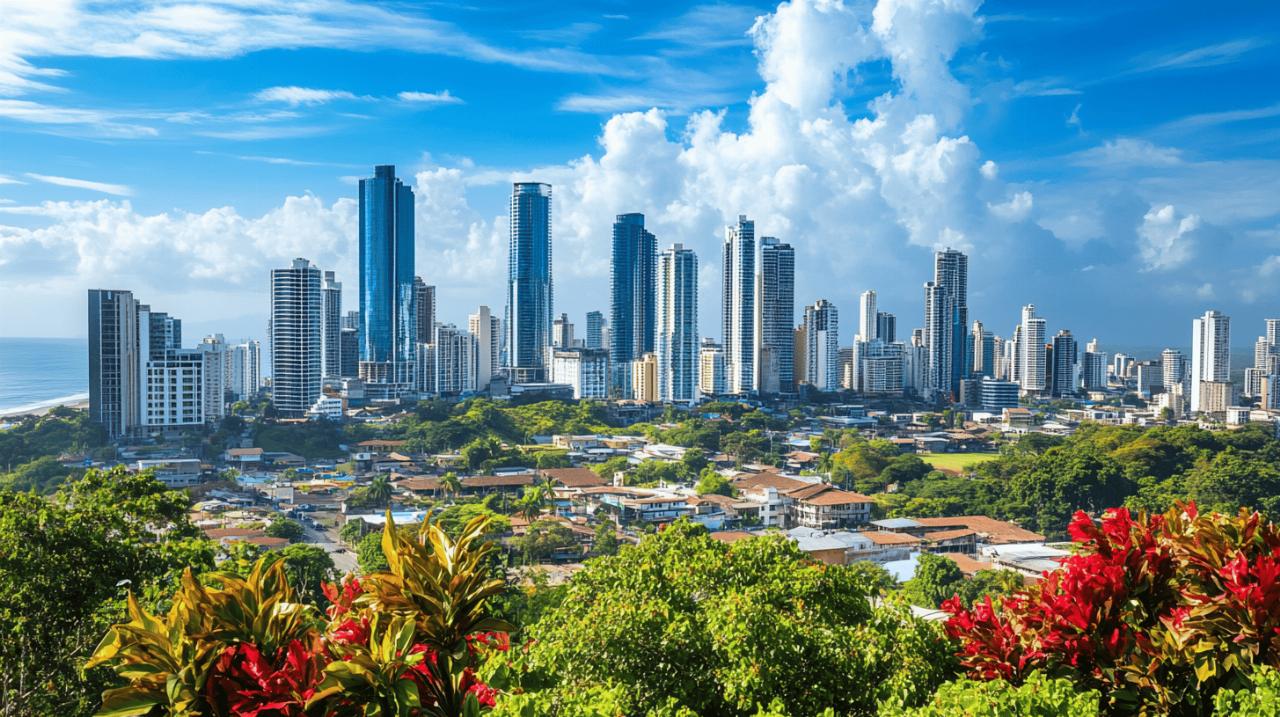
Essential Preparations for a Safe Panama Experience
Proper preparation significantly enhances safety when visiting or relocating to Panama, from documentation to local knowledge.
Travel insurance and health cover requirements
Comprehensive travel insurance should be considered mandatory for visiting Panama, covering medical emergencies, trip cancellations, and personal belongings. For those sampling Panama's famous street food scene, insurance that covers food-related illnesses provides additional peace of mind. Regarding street food safety, following local practices like patronizing busy vendors with high turnover and observing food preparation standards helps minimize health risks. Contrary to common misconceptions, street food can often be safer than restaurant food because the preparation is visible to customers, allowing assessment of cleanliness and freshness.
Official travel advice and local safety resources
Staying informed through official channels provides crucial safety guidance. Government travel advisories note that while Panama has no recent history of terrorism, the global threat of terrorist attacks affecting international interests remains a consideration. Regarding legal matters, visitors should carry identification at all times, with a passport or printed copy generally acceptable. Local regulations to be aware of include bans on smoking and e-cigarette use in public places, with fines ranging from $25 to $100 USD, and strict penalties for drug possession that can result in lengthy detention under harsh conditions. For transportation safety, UK photocard driving licenses are valid for up to three months, seatbelts are mandatory, and child seats are required for children 4 and under.
Exploring panamanian street food culture safely
Panama offers food lovers a rich tapestry of flavours through its vibrant street food scene. While many travellers worry about food safety when sampling local cuisine abroad, with the right knowledge and precautions, you can savour Panama's culinary delights without concern. Street food can actually be a safer option than restaurant dining, as you can watch your meal being prepared right before your eyes.
Must-Try Local Dishes and Where to Find Them
Panama's street food scene reflects its diverse cultural heritage and abundant local ingredients. When exploring Panama City, head to busy food stalls where locals queue up—this is the primary sign of both quality and safety. The Mercado de Mariscos (Seafood Market) is a brilliant spot for fresh seafood dishes prepared on the spot. For authentic Panamanian cuisine, seek out vendors near Casco Viejo, where traditional fare is served alongside colonial architecture.
Look for busy vendors selling fresh ingredients with proper food handling practices. Panamanian street food staples worth trying include empanadas (stuffed pastries), patacones (fried plantains), and fresh tropical fruit juices. When approaching vendors, knowing basic Spanish phrases to ask about the food can enhance your experience and help ensure you're getting something fresh and safe.
Hygiene standards and food safety tips
To enjoy street food safely in Panama, follow these practical guidelines. First, patronise busy stalls—a high turnover means fresher ingredients and less time for food to sit out. Watch how vendors handle food and money; those using gloves or bags when touching food demonstrate good hygiene awareness. Cleanliness of the stall itself is another good indicator of food safety standards.
Check that ingredients look fresh and well-kept. Quality condiments, particularly homemade salsas, typically signal care in food preparation. Trust your senses—fresh street food should smell appetising. While Panama's food safety regulations exist, enforcement varies, so your own vigilance matters. Stay hydrated with bottled water while sampling spicy dishes, and be mindful that certain areas like Panama Bay should be avoided for swimming due to pollution—the same caution applies to raw seafood from questionable sources. With these precautions in mind, Panama's street food culture offers a safe and delicious way to experience authentic local cuisine.

